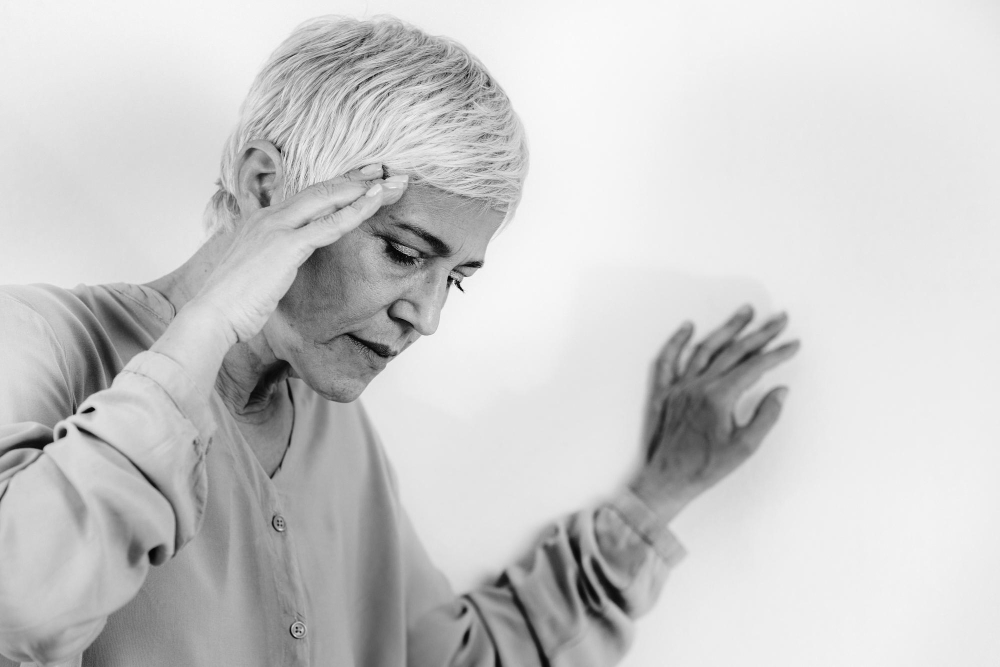Vertigo discomfort is mostly used to describe dizziness and describes a true rotational rotation (rotation of the environment and/or the person himself) in the person. It is a condition that is very often caused by inner ear diseases.
Vertigo discomfort is mostly used to describe dizziness and describes a true rotational rotation (rotation of the environment and/or the person himself) in the person. It is a condition that is very often caused by inner ear diseases. The concept defined as Dizzines is; it causes a feeling of slipping from under one's feet, a feeling of instability, a drunken feeling, a feeling of being in a boat. It mostly develops due to brain diseases, hormonal diseases, internal and neck diseases.
What is Vertigo?
When true dizziness called vertigo is described, there is often nausea and vomiting as well. Since dizziness itself is not a disease but a symptom of another disease, the main cause must be treated first. However, in many patients with vertigo, no clear cause can be identified. For this reason, the main aim is to eliminate dizziness.
Although the disease in question is not known, it is a disease that many people experience today. People's quality of life decreases considerably due to the disease. The rotation of all objects around the person manifests itself in the form of sudden and severe dizziness. Therefore, it is among the diseases that should definitely be treated. Severe dizziness can be risky, especially when the patient is outside.
What Are the Symptoms of Vertigo Discomfort?
The most obvious symptom is vertigo. Because it is seen as a result of disruption of the balance system in the inner ear.
- Ringing in the ear
- Difficulty in hearing
- Nausea and vomiting
- Eyes not moving normally
- State of imbalance
- Sudden darkening of the eyes
- Being affected by vehicle movements (sickness)
If you have the symptoms of vertigo, you should consult a specialist doctor before it is too late.
How is Vertigo Treated?
Dizziness due to ear diseases (excluding tumors) usually disappears spontaneously in a short or long time. Because the other ear compensates for the problem of the sick ear over time. Sometimes this can take up to 6 months or 1 year. If the vertigo is positional vertigo (BPPV), its treatment is done with some movements called the Epley maneuver, which your doctor will apply to you on the examination table. These movements allow some particles in the inner ear to settle into place. For other reasons, it is necessary to use drug therapy.

 TR
TR DE
DE RU
RU




